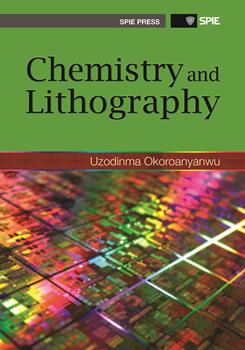|
The fabrication of IC devices used in the analog and digital electronics on which modern life so greatly depends involves a sequence of chemical and physical operations that are performed on silicon wafers with the object of establishing connections between functional units such as amplifiers, inverters, adders, flip-flops, multiplexers, etc., designed to collectively perform predefined tasks, oftentimes involving logic or memory operations. These physical operations are grouped into four categories, namely, layering, lithographic patterning, etching, and doping. The functional units are implemented by devices such as transistors, diodes, resistors, capacitors, and sometimes inductors. Of these devices, diodes and transistors represent the main active components, while resistors, capacitors, and inductors represent passive components. Figure 16.1 shows a layout of the various process modules used in the fabrication of IC devices in a typical semiconductor wafer fabrication facility. As discussed in Chapter 11, the lithography module plays a very critical role in the fabrication of these devices. There are a variety of ways transistors can be categorized, including the following: (1) In terms of semiconductor material as silicon, germanium, gallium arsenide, and silicon carbide transistors. (2) In terms of structure as bipolar junction transistor (BJT), metal-oxide semiconductor field-effect transistor (MOSFET), etc. (3) In terms of polarity as NPN and PNP (for BJTs), n-channel and p-channel [for field-effect transistors (FETs)]. |
|
|


